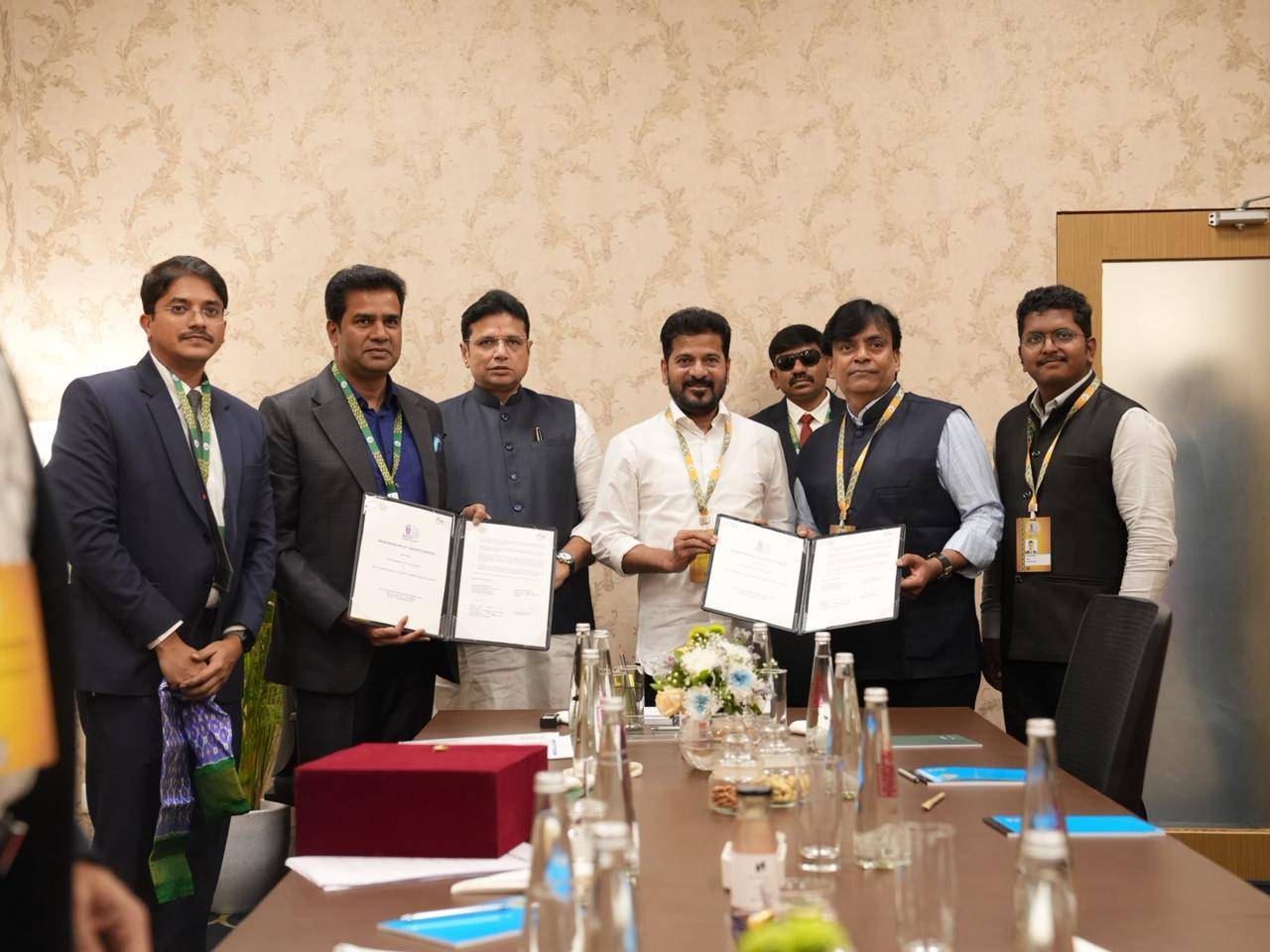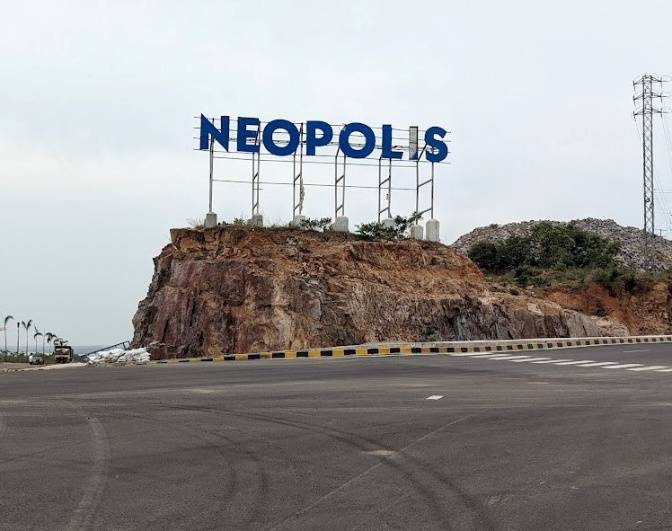Mumbai real estate developers have proposed a rationalized premium payment structure to the Brihanmumbai Municipal Corporation (BMC), aimed at reducing upfront financial pressure on builders while maintaining civic revenues. Representatives from CREDAI-MCHI, NAREDCO, BDA, and PEATA met BMC Chief Bhushan Gagrani to discuss sector challenges and suggested a 10:10:80 payment model.
Currently, developers are required to pay multiple premiums, including charges for fungible FSI, open space deficiency, fire service, scrutiny fees, and development cess, either upfront or through deferment schemes with interest rates up to 12%. These payments often create heavy financial burdens before projects generate revenue. In Mumbai, these premiums, levied for additional construction rights, extra built-up area, and common spaces such as lobbies and lift wells, can account for 20–30% of a project’s total cost.
Understanding the 10:10:80 Model
- Under the proposed structure:
- 10% of the premium would be paid at the project approval stage.
- 10% at the stage of the Commencement Certificate (CC).
- 80% at the stage of the Occupation Certificate (OC).
Currently, developers are required to pay multiple premiums—covering fungible FSI, open space deficiency, fire service charges, scrutiny fees, and development cess—either upfront or under deferment schemes with an interest rate of 12%. These upfront costs often create significant financial pressure on developers long before revenue starts flowing from the project.
“The new structure aligns payments with project cash flows, making it more practical and sustainable while keeping civic revenues intact,” CREDAI-MCHI said in a statement.
According to CREDAI-MCHI, the proposed 10:10:80 structure would better align payments with actual project cash flows, making them more practical and sustainable while ensuring civic revenue remains unaffected.
To oversee implementation, BMC Chief Bhushan Gagrani announced the formation of a steering committee comprising representatives from CREDAI-MCHI, NAREDCO, PEATA, BDA, and officers from MCGM departments, including the fire office. The committee will meet fortnightly to discuss sector issues and policy matters, with Deputy Chief Engineer Chandrashekhar Undge chairing and the BMC Chief participating monthly to track progress.
Sukhraj Nahar, President of CREDAI-MCHI, noted that the unified approach of real estate associations demonstrates a strong commitment to collaborate with the BMC. The goal is to establish structured mechanisms for dialogue, expedite issue resolution, and ensure transparency in processes. Rushi Mehta, secretary of CREDAI-MCHI, added that regular engagement between developers and civic authorities is vital to unlock Mumbai’s real estate potential. He emphasized that the 10:10:80 model is a fair and practical solution balancing project cash flow with administrative requirements.
“It is heartening to see all real estate associations come together with a unified voice. The 10:10:80 model aligns payments with actual project progress and cash inflows while being revenue neutral,” said Sukhraj Nahar, CREDAI-MCHI President.
“Regular engagement with civic authorities is vital to unlock the sector’s potential. We look forward to translating our suggestions into tangible improvements for both the city and the industry,” added Rushi Mehta, CREDAI-MCHI Secretary.
Industry observers believe that, if implemented, the 10:10:80 model could significantly reduce upfront financial pressure on developers, enable smoother project execution, encourage timely completion, and maintain steady civic revenue. Experts also suggest that it could serve as a policy blueprint for other metropolitan cities facing similar challenges in urban development.
Image- bmcelections.com









.png)